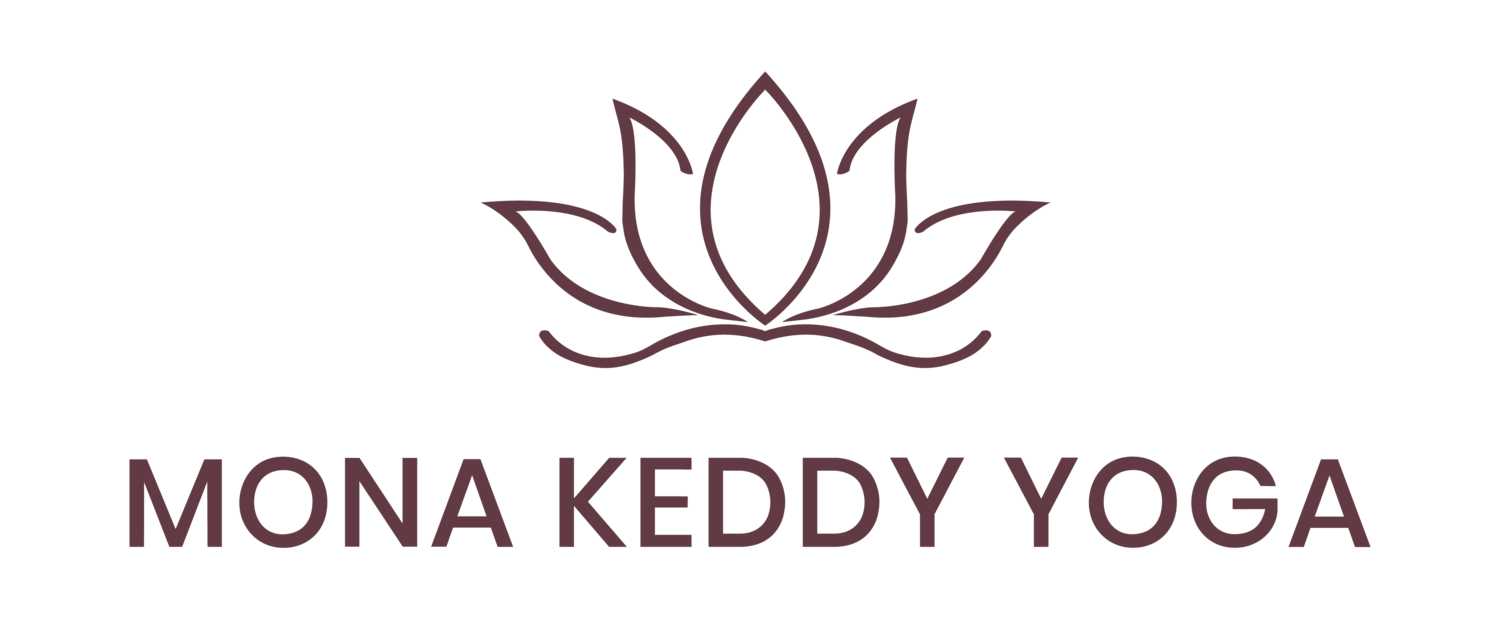An Ideal Order to Things
August 27, 2015
Once upon a time, a long time ago, I spent almost a month in Bali. Okay, so it was not a long time ago. It was two months ago but it feels like another lifetime. The time in Bali was deeply significant as I felt something, a weight I had been carrying, release. I experienced a deep sense of connection to the Divine as expansive, joyful and heart-wrenching energy washed through me. I returned released, opened and somewhat vulnerable from this. Upon my return, the experience in Bali was immediately juxtaposed against an unexpected two-week sojourn in NS caring for elderly and suffering parents. That time was also heart-wrenching in a different way, intensely lonely and sad, and only lightly peppered with moments of beauty and grace.
Initially, I felt somewhat cheated as I didn’t get to “enjoy my Bali buzz” in the way I had anticipated. I felt that the time in Bali ill-prepared me for the emotional turmoil in Nova Scotia. I felt unprotected and unprepared for the time there.
Sharing this with close friends, a couple of them suggested that perhaps the order of things was exactly as it needed to be. Perhaps Bali did prepare me for the time with my parents, just not in the way I expected or in the way that was familiar. Perhaps, because of my openness, I allowed myself to be completely in the feelings provoked by the time in NS without compartmentalizing, without judging and without shutting down. Perhaps, all happened exactly as it needed to for my soul’s growth.
As I sit with that perspective and feel it resonate, I consider the idea of things moving in a natural sequence, krama in Sanskrit. Krama is defined as “progressing step by step,” the “attainment of the object desired” and as the “regular, natural order or progression of things” (from the online Sanskrit dictionary).
As a yogi and yoga teacher, I think about this kind of order a lot. It infuses the way I string poses together for a desired outcome (goal pose), both in my own practice and for my classes. And there are general rules for the way the sequence progresses: warm-ups, Surya Namaskar, standing poses, etc through to Savasana. These generic formulae are great, even maybe ideal and yet need not be considered rigid, especially as our practice advances. The natural order of things and the progression of poses may look different for those new to yoga compared with more seasoned practitioners.
For beginners, standing poses are used to “warm up” the body and prepare for supine and seated poses. Forward bends are taught near the end of the class so the inexperienced body has time to warm up and standing poses teach the preparatory actions needed for success in forward bends. For intermediate students, however, seated poses (hip openers, twists and forward bends) are excellent ways to prepare for and deepen the standing poses. Initially, belly-down backbends build the back strength and set up the pelvis / sacrum for the seated forward bends. Forward bends, however, also lengthen the back body and so create space for back bending action. So, the order of poses changes depending on the situation and the student. Interesting, right.
The same thing may apply to actions. Generally, we teach poses from the foundation up. We give instructions like take the thighs back before instruction about the tailbone / buttocks. And yet, might our practice be illuminated by taking the tailbone in / buttocks down and then pressing the thigh bones back against this action? Perhaps yes / perhaps no. However, locking into a rigid idea of what natural order looks like may eventually close us off from our soul’s yearning for freedom, understanding and connection.
So maybe as we progress along the involutionary (going inward) path that is yoga, the natural order of things looks different than it did when we first stepped onto the mat. Maybe initially, the opening, expansive ease of Savasana is the reward for the “suffering” of the asana practice. Perhaps, as we move along, we are challenged to hold the expansive, ease of Savasana through the challenging moments of practice. We eventually practice no longer giving in to the temptation to contract when presented with suffering. Our heart-expanding work of the practice serves us through each emotional life moment. So, then, maybe the order of experiences is always happening perfectly for our soul’s journey, for the advancement of our understanding and for our deepening connection to the Source.

